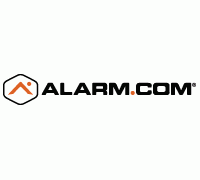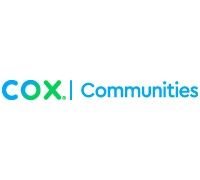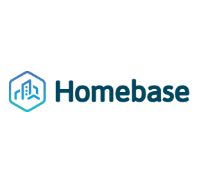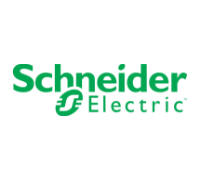Only 15% of programmable thermostats are ever programmed: Insights from LUX Products
Rob Munin, President and CEO, LUX Products, provided insight on several key industry trends for Parks Associates’ eighth-annual Smart Energy Summit: Engaging the Consumer, which will be held February 20-22 at the Four Seasons Hotel in Austin, Texas:
What do you think is the most challenging issue for your company as it relates to the residential energy management market?
The biggest impact that smart thermostats offer consumers is their ability to put home comfort in the control of the user. Smart thermostats allow users to manage their usage profile and control, down to the hour, the level of home comfort desired within an individual’s lifestyle. It also enables consumers to have a hand in energy efficiency by giving them an opportunity to connect and  manage load shedding.
manage load shedding.
However, to do any of this effectively, a thermostat, smart or not, needs to be programmed by the user. Simply buying a smart or programmable thermostat isn’t enough. In fact, studies have shown that only 15 percent of programmable thermostats are ever programmed. We can provide the products and solutions, but consumers need to want to engage in their home comfort, in saving money and in energy efficiency.
What are the major challenges that your business must address in 2017? In 2020?
One of the biggest challenges we face is convincing people to upgrade or purchase something new that isn’t really broken. If your home’s thermostat is working, why change it? The products we introduce are simple to use by design and the benefits are obvious and desirable to effect a change. Design, ease of use and price points all attribute to consumer adoption.
What are the major barriers impacting consumer adoption of energy related products and services?
One of the biggest barriers for the industry is to expose people to products that are simple and that make LIFE easier. It’s important that as the manufacturer or utility, we highlight the day-to-day savings that energy-related products bring to the table; how they can put control of everyday things like home comfort into the hands of the homeowner. And, with rebate programs, these smart products are within financial reach. Rebates make it easy to own what may have seemed an “outpriced” product. As a result, information and applications for rebates need to be easily accessible. Utilities need to make it easy for information on product programs and savings to find on their websites. Too many clicks and the consumer is uninterested and we’ve lost a conversion.
What are the biggest opportunities for the smart home industry to work with the utility industry?
The biggest opportunity is for all partners – manufacturers, utilities and utility partners – to work together to educate the homeowner about the true benefits of smart. How do you go beyond saving money and energy to how will this product enhance my everyday lifestyle? Framing the conversation around the basic impact of ‘what will this product do for me?’ is the key. Again, it comes back to keeping it simple, easily accessible, easy-to-understand benefits and easy-to-get savings.
What impact will smart products and smart home services have on consumer adoption of energy solutions?
The two will go hand in hand. More adoption will drive more load shedding and better energy management. The general economic climate also drives adoption. When the price of heating and cooling costs are high, consumers look for ways to reduce their energy bills. While there was an increase in heating costs for the 2017 winter from 2016, the overall heating costs are still lower that in the past five-year comparison. This yo-yo affect in energy costs impacts the adoption. Consumers either clamor for products to save money and reap economic benefits, or they decide to pass on smart products under the assumption that the cost to purchase outweighs the savings.
In addition, smart thermostats make the savings an “un-thought of” benefit. LUX connected products prompt the user during set up to set a schedule and to pick temperature settings suggested by Energy Star standards for better efficiency. We also offer smart features like LUX Home and Away Aware that are constantly adapting to efficiency levels. So while the savings are in the face of the consumer, they are happening in the background, making savings effortless for the consumer.
Munin will speak on the session “Bring-Your-Own Device Models: Drivers and Barriers” on Wednesday, February 22 at 10:45 a.m. Other speakers on the panel include EnergyHub, Inc., Austin Energy, ecobee, and Xcel Energy.
For more information on the Smart Energy Summit, visit www.SES2017.com or register by clicking here.
Next: Easing purchase transaction process is still a challenge: Insights from Sonnen, Inc.
Previous: SPEER Summit returning to Austin, February 7-8




 manage load shedding.
manage load shedding.











